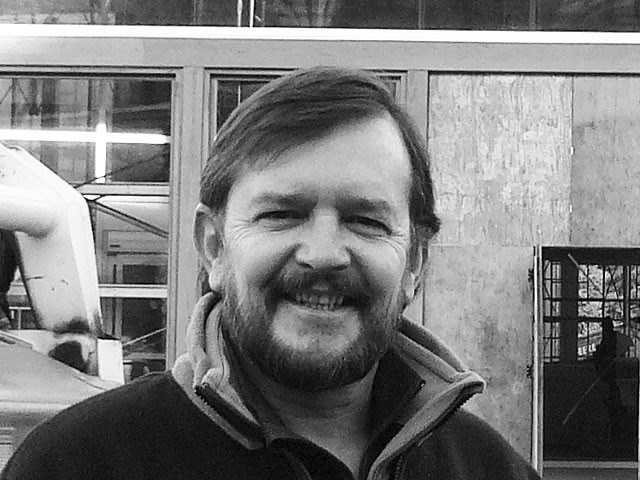Whistler’s Gordon McKeever has been involved in the project to build a trail connecting communities in the Sea to Sky corridor since 1994, and in 2003 he was appointed chair of the Sea to Sky Trail Society, which oversaw the creation of a Master Plan on behalf of communities and the Squamish-Lillooet Regional District.
Now, with the aid of a grant from the Whistler Blackcomb Foundation, McKeever has been engaged as the trail’s project manager by the SLRD. His job will be to fundraise on behalf of the trail, to communicate with local governments and the public, to secure tenure for sections of the trail on Crown land, and to coordinate with all stakeholders, from Crown corporations to First Nations.
It’s a contract position, and work will continue as long as the trail can secure funding.
“Right now we’re focusing on the section of trail south of Whistler to the boundaries of Squamish, which we’re looking to have completed by ’09, then we’ll be turning our attention back to north of Whistler,” said McKeever. The ultimate goal is to complete a trail from Squamish to D’Arcy, north of Pemberton.
McKeever, who also serves on council in Whistler, was one of several candidates to apply for the project manager position, and his familiarity with the trail’s Master Plan — which he helped to produce — gave him an edge in the hiring. The SLRD also sought a legal opinion on potential conflicts of interest and was satisfied that McKeever could handle both positions, providing he abstains from any votes that relate to the project.
The route from Squamish to Whistler is more or less decided at this point and follows the Cheakamus Challenge route extensively, but there are still a few challenging sections. Unlike the Cheakamus Challenge, the Sea to Sky Trail will not include a highway section, which means building new sections of trail and rehabilitating some older trails and roads that follow the route. One of the toughest sections will be the area between Brew Creek and Brandywine, which will require new trail and agreements with numerous stakeholders. The area north of Pinecrest, which is tenured to B.C. Hydro, will also be challenging.
The sections of trail that fall within the Resort Municipality of Whistler and the District of Squamish are the responsibility of those governments. The RMOW currently has a budget for the development of the trail through Whistler, and recently completed a section of trail from the bridge crossing north of the Cal-Cheak Forest Service Recreation Site to the landfill.
“That section of trail captures the spirit, the intent of the trail perfectly,” said McKeever. “It’s a multi-user trail, and as a ride I find it’s just a joy to cycle. It’s got its ups and downs, its twists and turns, but anybody can ride it. You have to be on your handlebars the whole time, but overall it’s just a great experience. That’s the kind of thing we’re aiming for when we can — it won’t always be possible, especially the first time around, but that’s the goal.”
In the District of Squamish, the funding for trail development is coming from the Ministry of Transportation as part of its agreement to accommodate the Sea to Sky Highway Improvement Project. They also have their own master trail plan that includes the Sea to Sky Trail.
As for the SLRD, a flat tax of $10 per parcel of land has been allocated for trails and maintenance, which will raise in the neighbourhood of $150,000 a year.
For McKeever, it was exciting to have the trail project reach the point where a project manager was needed.
“For years the challenge was to keep the plan on the edge of a lot of busy people’s desks… and now we’re at the point where it’s sitting in the middle of one desk. It took a lot of people a lot of hard work to get it to this point.”




